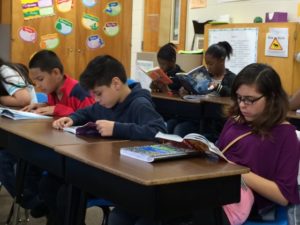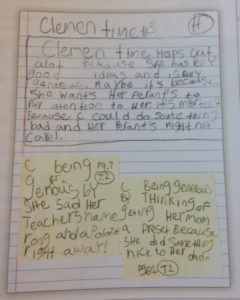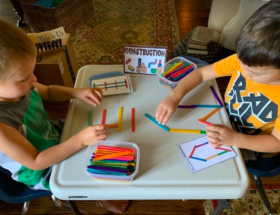In a previous post I shared the five steps I believe are critical in facilitating strategy transfer for students when they read.
Create a coaching system
Teach a repertoire of strategies
Commit to an emphasis on conditional knowledge
Focus on student goal-setting
Provide feedback that transforms the learner
The first step, creating a coaching environment, is the most important place to begin. Here, in Part 2 of this series, we look at the significance of teaching a repertoire of strategies.
We talk a lot about choice in book selection for students, but it’s equally important that students have choice when it comes to which comprehension strategies they apply to understand difficult texts.
You and I know that when readers approach the same text they go about making meaning in different ways. Each time I read a literary text, I keep track of the events, characters, themes and literary devices in a way that works for me. Other readers employ strategies to keep all the elements in mind as they read, but most likely not in the exact same way.
Isn’t it wise then, that we offer students a variety of ways to make meaning of texts when it comes to specific tools to use? Jennifer Serravallo has created a brilliant resource for teachers. The Reading Strategies Book is chock-full of skills students need to achieve a specific reading goal.
In the introduction of her book, Serravallo explains,
Within each goal, there may be one of more skills that a reader would need to work on. If a student is working on a goal of understanding character, that may involve inferring (reading between the lines to name traits and/or feelings) but also synthesis (putting together information across a book to determine how a character changes). Once you’ve identified the skills, you can find specific strategies to accomplish those skills.
One reader may find that creating a visual timeline to track a character’s feelings throughout the story helps to understand character changes over time, while another reader will argue that looking for patterns of behavior in a character across the text helps them to better comprehend the text. (Examples from The Reading Strategies Book by Jennifer Serravallo)
Thinking back to the soccer analogy in the first post of this series—soccer players don’t just have one strategy for moving the ball down the field. Passing the ball to a teammate, kicking the ball yards down the field to another player, or dribbling the ball between and beyond opposing players are strategies that get the job done. The coach uses skills sessions on Tuesday and Thursday evening to model ways to move the ball toward the goal, but on the day of the game the players themselves choose in a split second which tool they’ll use to accomplish the task.
So it is in the reading classroom.
Teachers provide students with a variety of strategies to accomplish a specific goal, (different goals for different readers and I’ll address that in a subsequent post) but ultimately it is up to the reader alone which strategy to employ for deep comprehension.
It’s imperative that students see the strategies modeled explicitly and then have ample time to practice the strategies as they are introduced. As their repertoire builds, students must have time and opportunity (through an established close reading protocol—more about that later, too) to read challenging texts and apply the strategy that works best for them in that moment, and for that particular reading task.
Can you see how this process of helping students build a repertoire of strategies leads to independent strategy use? When students are empowered with a variety of tools they have tried out consistently in daily practice sessions, they are far more likely to successfully apply appropriate, personally meaningful strategies that help them to comprehend difficult or challenging texts when they read on their own.
In the next post, I will look closely at the importance of conditional knowledge and how its use empowers students to know when and why to apply various strategies.













